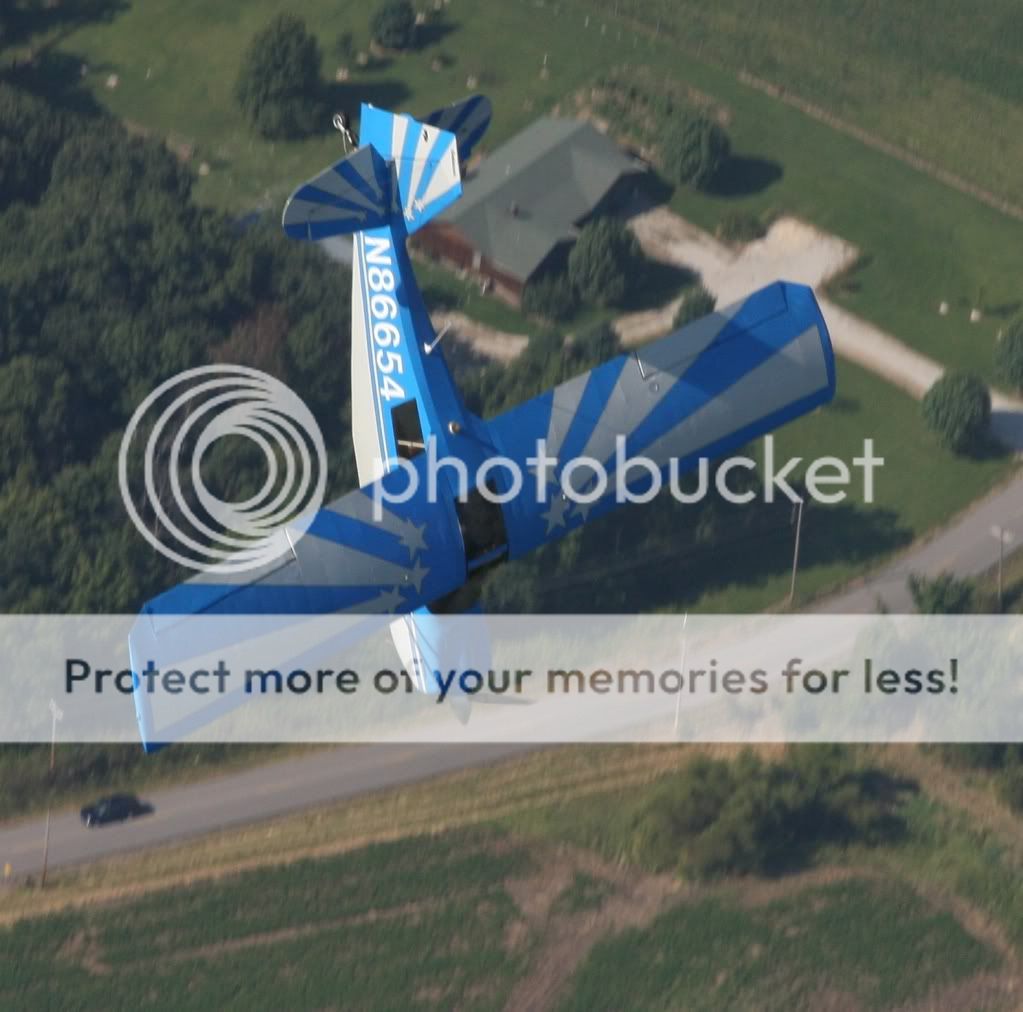alfadog
Final Approach
Well hello, fellow pilots.
Looking for some feedback from y'all that fly taildraggers.
Flew the Luscombe a bit yesterday. It has been about six weeks and I was seriously rusty. Trying to get my 3-pointers down (I tend to like wheel landings better). This is what I experience.
I have my sight picture for 3-point in mind and round out maybe 5 - 8 feet over the runway, no power, after 70 mph on the approach (this is a Luscombe, not a Cub )
)
I start to hold it off but nowhere near my 3-point attitude. I continue to raise the nose and think I am holding it off. Sometime before I reach the correct attitude my wheels touch. Now I am in that in-between attitude, again, that my instructor did not like. I pull the tail down.
Is it just that I am crap at holding it off (edit: too afraid of ballooning)? Or is there something else going on - round out too low, should hold some power, etc.?
Looking for some feedback from y'all that fly taildraggers.
Flew the Luscombe a bit yesterday. It has been about six weeks and I was seriously rusty. Trying to get my 3-pointers down (I tend to like wheel landings better). This is what I experience.
I have my sight picture for 3-point in mind and round out maybe 5 - 8 feet over the runway, no power, after 70 mph on the approach (this is a Luscombe, not a Cub
I start to hold it off but nowhere near my 3-point attitude. I continue to raise the nose and think I am holding it off. Sometime before I reach the correct attitude my wheels touch. Now I am in that in-between attitude, again, that my instructor did not like. I pull the tail down.
Is it just that I am crap at holding it off (edit: too afraid of ballooning)? Or is there something else going on - round out too low, should hold some power, etc.?
Last edited:






